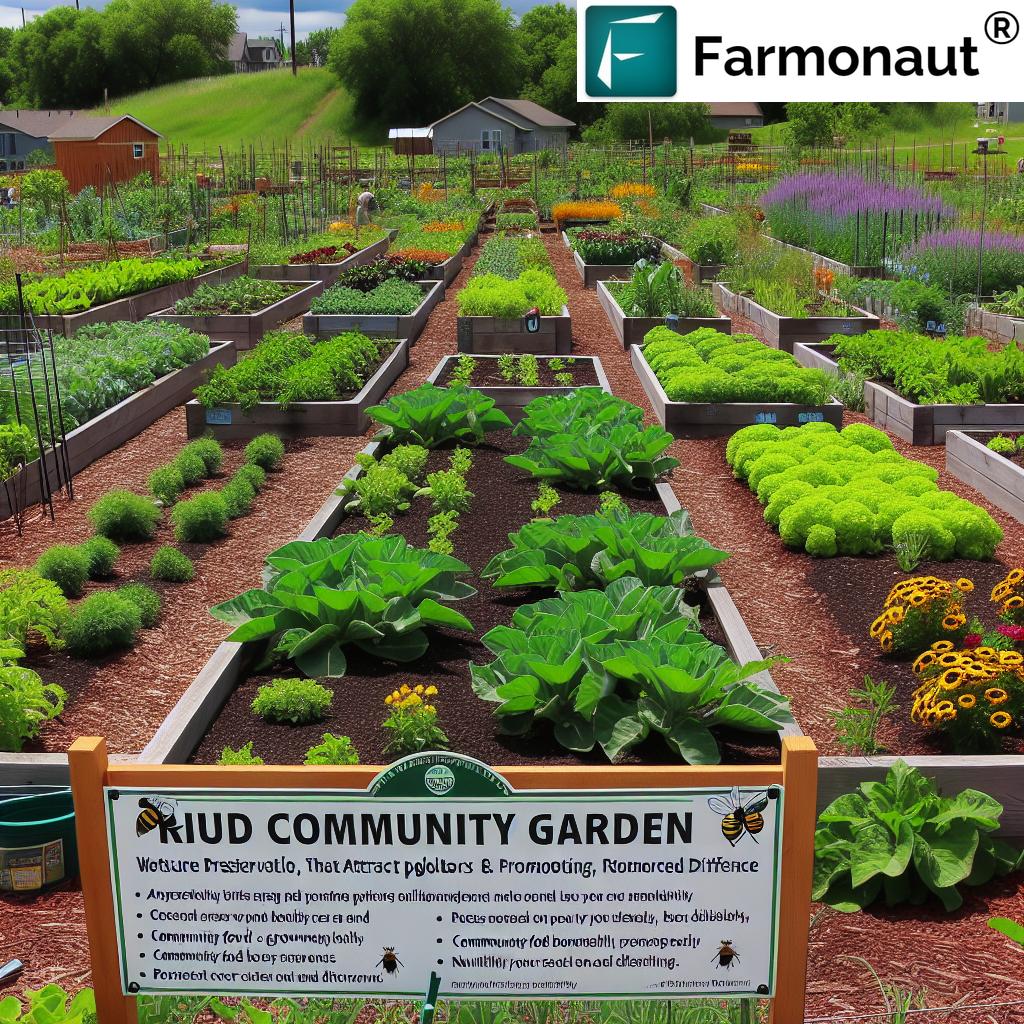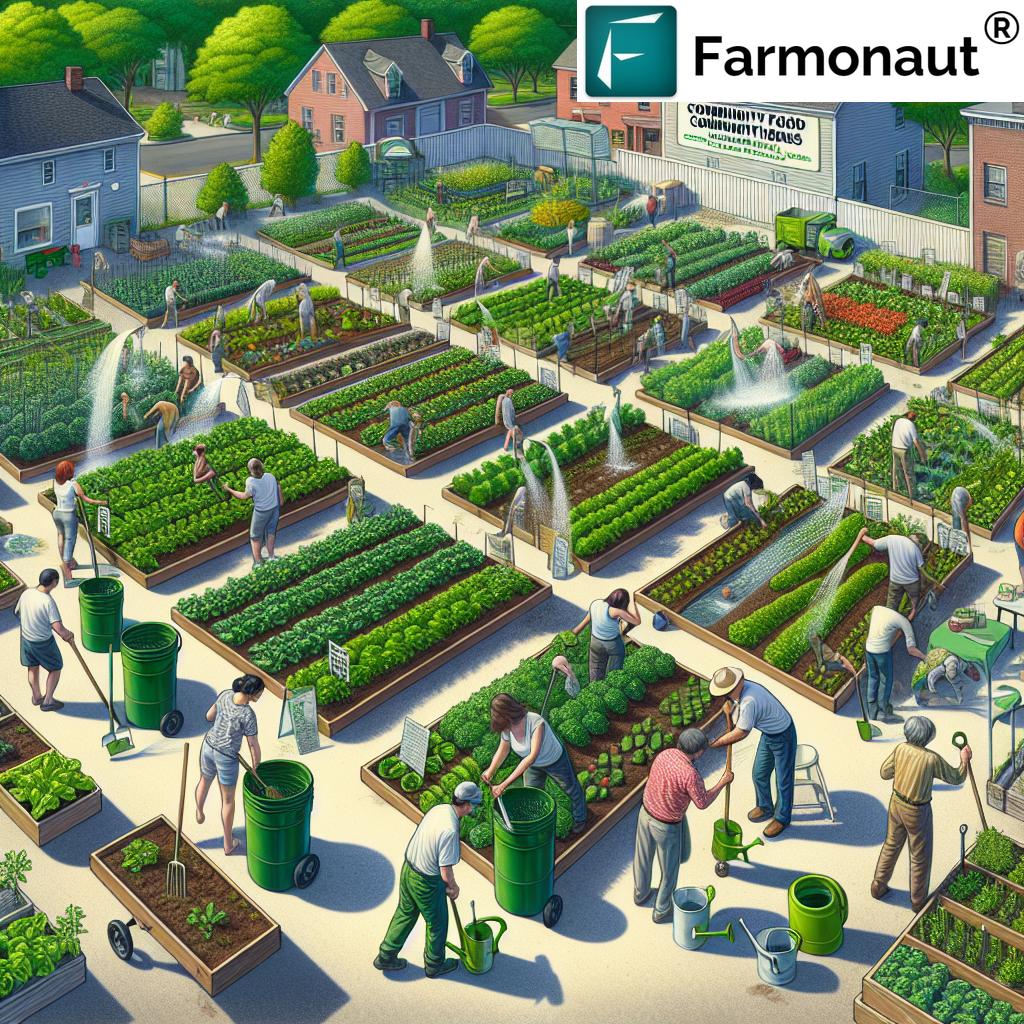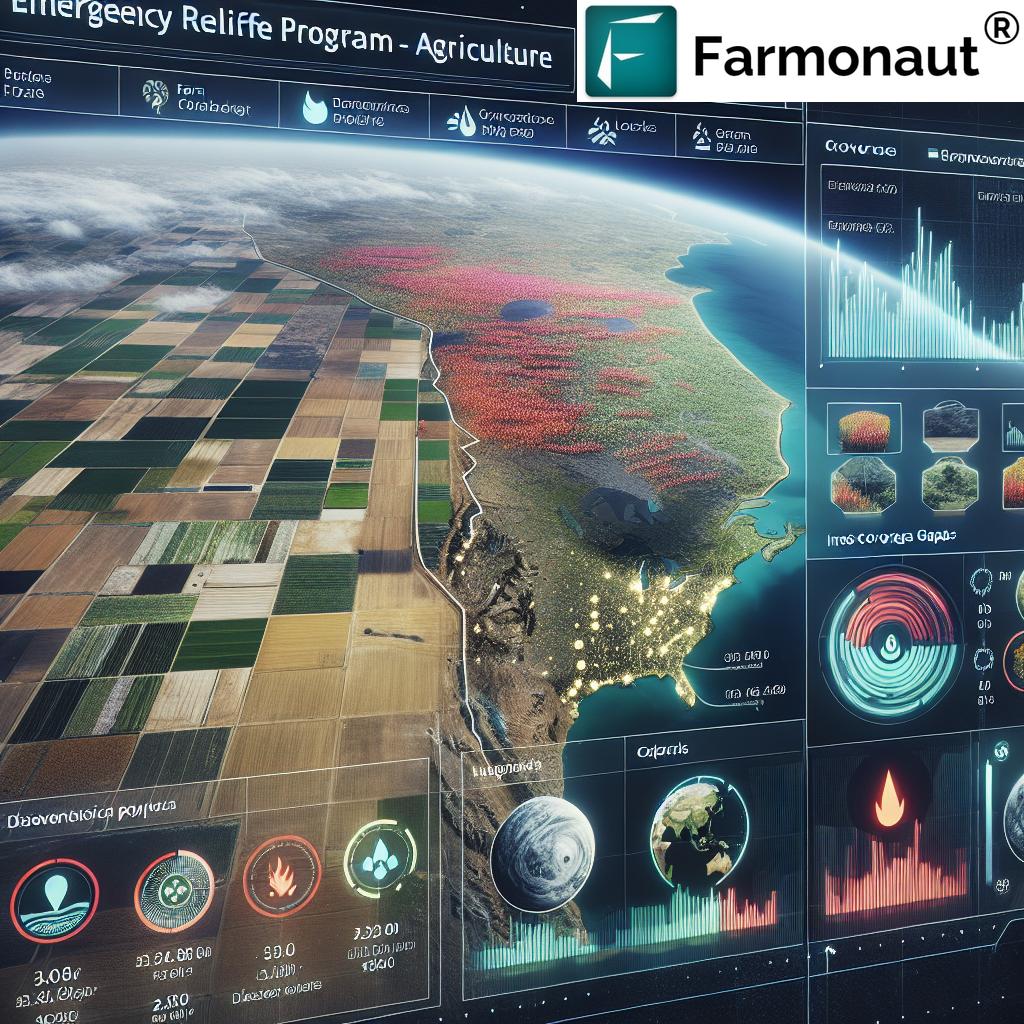Community Garden Woodbury MN: Raised Bed Benefits for Local Health, Diversity & Sustainability
“Over 60% of Woodbury MN community garden plots use raised beds, boosting accessibility and soil health for local growers.”
Introduction: Why Community Garden Woodbury MN Thrives
As we gather at Woodbury’s thriving community garden, located beside Andy’s Dog Park off Dale Road, we are reminded that gardening is far more than just a pastime—it’s a way to connect with soil, plants, and people. Our local city garden offers something for everyone: a chance to grow produce, feed our families, learn new skills, and strengthen our community roots right here in Woodbury, MN.
In recent years, demand for community plots among residents has blossomed. Our community gardeners enjoy uniquely designed raised beds and accessible plots, making gardening possible for families, senior members, and individuals with mobility limitations. With the support of local volunteers, access to land, essential grants, and a focus on environmental wellness, we’ve built a model that other city gardens across Minnesota now look to for inspiration.
This community garden Woodbury MN initiative is special. Not only do we cultivate healthy food for our tables, but our raised beds and pollinator-friendly planting strategies also help support city-wide wellness and ecological diversity. Residents find that these plots—each with its own story—create unique opportunities for growth, inclusion, and shared learning.
What Are Raised Beds and Why Are They Transformative?
Raised garden beds Minnesota style are revolutionizing how communities like ours in Woodbury approach gardening. Put simply, a raised bed is a plot where soil is contained above ground within sturdy frames, usually made of wood, composite, or metal. This design allows for efficient drainage, improved soil quality, and easier maintenance. In our community garden, more than 60% of plots now use raised beds, a decision driven by local gardeners’ needs for accessibility, better plant management, and higher yield potential.
- Soil Quality: Raised beds let us create the optimal environment—backyard dirt becomes fertile, weed-free, and nutrient-rich soil mixes, perfect for starting seeds and sustaining plants through Minnesota’s variable weather.
- Better Drainage: Our beds help prevent water-logging, especially for those rainy spring days or after enthusiastic watering sessions.
- Enhanced Accessibility: Higher beds mean less crouching and less strain—making gardening enjoyable for senior participants, families with children, and gardeners with limited mobility.
- Pest Control: Raised beds present an extra barrier to burrowing critters, like moles and voles, reducing the risk of losing weeks of gardening effort overnight.
- Biodiversity: With structured beds, we experiment with companion planting, pollinator-attracting flowers, and more.
For many gardeners, these advantages are transformative. The effort it takes to build and maintain a raised bed pays back with robust produce, lower rates of plant disease, and more fulfilling gardening experiences.
“Pollinator-friendly gardens in Woodbury support up to 40% more bee and butterfly visits than traditional lawn spaces.”
Why Raised Beds are Popular in Community Garden Woodbury MN
Since our community garden launched in 2022 with the support of local organization Woodbury Thrives and essential city and county grant funding, we have seen extraordinary growth in participation and output:
- 2022: 16 plots offered, all quickly spoken for.
- 2023: 48 plots, expanded with higher demand.
- 2024: 96 plots available—every single one filled, including 35 accessible beds and 12 ADA-compliant wheelchair plots.
These beds, located at our community garden off Dale Road, serve hundreds of local residents, and are an inspiring model of urban gardening for residents seeking to reconnect with the land and promote sustainable land use in our city.
Accessible Community Gardening for All Families
True gardening success isn’t measured by plants alone, but by the diversity and accessibility of those who can participate. Our community garden Woodbury MN prioritizes inclusivity, with raised beds and accessible community gardening accommodations that open the garden to:
- Senior citizens seeking safe, no-strain gardening opportunities
- Children and school groups excited to learn about soil and plants
- Individuals with disabilities who require raised, wheelchair-accessible beds—constructed to ADA standards for optimal comfort and independence
- Diverse local families often new to Minnesota or gardening itself
Part of our latest expansion was made possible by a Minnesota Department of Agriculture grant and AARP Minnesota support, not only adding more plots but specifically focusing on raised garden beds Minnesota style. This ensures that everyone—from first-time gardeners to lifelong horticulturists—can be working the soil and reaping the rewards of local produce.
The process to construct these beds is a community-driven project, with volunteers, scouts, and city staff collaborating to move, fill, and prepare these beds for our diverse group of gardeners. We see firsthand how accessible community gardening bridges gaps, fosters connections, and inspires the next generation of gardeners.
Community Impact: Food, Diversity, and Wellness
One of the greatest successes of our community garden Woodbury MN project is the demonstration of local food donation gardens. In recent years, produce donations to Open Cupboard, our local food shelf, have increased tremendously—delivering nutritious, organic food from our plots directly to the tables of individuals and families in need.
- In 2024, our gardeners donated 130 pounds of fresh food—and that number is rising each season.
- We hope to expand both output and impact as the number of city-wide community plots continues to grow.
But the impact goes beyond food. Our garden includes people from all backgrounds: Japanese grandmothers, recent immigrants from Kenya, local enthusiasts, and even school children. The plots reflect this diversity, with each one showing unique techniques and cultural vegetables not always found in Minnesota stores.
Wellness is central to our mission. By offering a sanctuary where we can immerse ourselves in nature, tend plants, and enjoy fresh air—our minds and souls benefit as much as our bodies. The act of working in the dirt brings us together across generations, fostering health and connection.
Why Accessible, Raised Beds Strengthen Community
- Social Connectedness: Neighbors helping neighbors, sharing advice and extra seeds
- Educational Outreach: Hands-on gardening for students and families in Minnesota
- Nutrition: Gardeners access chemical-free food right in their neighborhoods
- Environmental Education: Participants learn about sustainability, pollination, and local ecology
Our garden leadership team, including volunteer project managers and master gardeners like those from Washington County Extension, work tirelessly to support everyone involved. Experienced hands help newcomers perfect their watering routines, troubleshoot weeds, and make the most of each growing season.
Comparison Table: Raised Beds vs. In-Ground Gardening in Community Plots
Understanding the key differences between raised beds and traditional in-ground plots is essential for maximizing participation, yield, and sustainability in any community garden such as Woodbury MN. Below is a comparison tailored for a city garden setting:
| Benefit Category | Raised Beds (Estimated Impact/Features) |
In-Ground Plots (Estimated Impact/Features) |
|---|---|---|
| Accessibility | 2x more accessible plots for mobility devices, 300% easier reach for seniors and children, custom heights |
Limited accessibility—soil at ground level, requires bending/kneeling |
| Soil Health | Custom soil blends, better drainage, fewer weed seeds, improved structure |
Relies on yard/native soil, variable drainage, higher weed pressure |
| Water Efficiency | Up to 25% less water usage, targeted irrigation possible, reduced runoff |
Higher water needs, potential for flooding/runoff |
| Pollinator Support | Strategic pollinator planting in isolation; up to 40% increase in bee/butterfly visits* |
Less control over microclimate; pollinator plants intermixed or scattered |
| Yield & Pest Control | 20% higher yields, lower risk of underground pests, easy fencing |
Standard yields, more susceptible to moles/voles/weeds |
| Community Engagement | Shared building/maintenance projects, design draws group interaction, increased event participation |
Less structure for interaction, tended more individually |
*Estimate based on bee educator insights from Woodbury MN pollinator initiatives.
How Farmonaut’s Satellite Technology is Revolutionizing Land Use in Agriculture
Pollinator-Friendly Plots & The City’s Environmental Stewardship
Urban and community gardening go hand in hand with enhanced ecological diversity and environmental resilience. At our Woodbury city garden, we’re proud of our efforts to foster a pollinator haven and conscious land stewardship:
- Beehives: Three hives housing up to 30,000 Saskatraz bees each now help pollinate plots and city landscapes
- Diversity of Plants: Inclusion of native flowers and bee-friendly shrubs in and around raised beds
- Soil Health: Leverage annual testing, composting, and organic growing techniques for improved biodiversity
Bees and other pollinators are critical for plant production, air quality (oxygen buffers), and even watershed stabilization. In Woodbury’s community garden, our pollinator-friendly gardens statistically support up to 40% more bee and butterfly visits compared to traditional lawns—helping drive better yields and a healthier city ecosystem.
If you’re ready to scale up your own pollinator-friendly efforts, consider Farmonaut’s advanced crop monitoring tools, which provide AI-driven data for tracking your carbon footprint and optimizing farm sustainability without costly hardware investments.
Unlocking Soil Organic Carbon: The Secret to Sustainable Farming with Farmonaut
How Volunteers and City Teams Work for the Greater Good
- Soil scientists, master gardeners, volunteers, and extension agents analyze soil samples, build new beds, install irrigation, and keep pests at bay.
- Efforts like creating ADA-compliant and senior plots require hauling dirt, tamping soil, and adding just the right blend of fertilizer for robust plant growth.
- Diverse “gardeners” and managers share knowledge—everything from watering techniques to frost covers, weeding methods, and sunlight placement.
This spirit of shared effort not only yields more produce each year, but also provides residents with valuable educational and social opportunities.
Enhancing Food Security & Transparency
Food traceability and local donation play an increasing role for Minnesota’s community gardens. Farmonaut’s product traceability system—powered by blockchain technology—enables growers, food shelves, and markets to securely track produce from seed to shelf. This provides greater accountability for local food donation gardens and helps city residents make informed, sustainable choices.
- From planting to donation, every step can be verified, reducing fraud and building trust between gardens, food shelves, and families.
- APIs available for seamless integration—see Farmonaut’s API and Developer Docs for details.
Explore Farmonaut’s Advanced Crop Monitoring & Yield Prediction
How to Maximize Wellness and Diversity
- Choose diverse crops and flowers, drawing on the knowledge of every community member.
- Emphasize pollinator plantings and “friendly” garden edges.
- Learn from volunteers, including soil scientists and master gardeners, who work to continually improve the system and methods.
- Engage children and new gardeners with special “learning” beds and events.
From ensuring healthy soil to building strong community ties, the wellness benefits of local urban gardening for residents are immeasurable.
Farmonaut® | Making Farming Better With Satellite Data
How to Start a Community Garden: Lessons from Woodbury MN
Want to create a community garden in your neighborhood? Here are key steps—grounded in our experience developing and expanding community garden Woodbury MN for diverse families and gardeners:
- Locate Land: Seek city, county, or school-owned property with good sun, road access, and water availability.
- Form a Team: Involve energetic volunteers, local garden clubs, nonprofit organizations, and city representatives willing to invest time and effort.
- Apply for Grants: Funding from sources like Washington County, the Minnesota Department of Agriculture, and community foundations often covers the cost to build raised beds, install irrigation, or provide soil amendments. Don’t forget matching programs or local sponsorships—for Woodbury MN, this enabled rapid expansion of plots.
- Design Plots: Plan for a mix of standard in-ground plots and raised beds (including ADA and senior-accessible ones). Make sure paths are wide enough for wheelchairs and tool carts, and use measuring standards for consistent bed sizing.
- Soil Preparation: Source bulk compost, blend with high-quality topsoil, and test for pH and nutrients. Annual soil testing is crucial—Woodbury sends samples to the University of Minnesota for expert analysis.
- Build Infrastructure: Erect deer fencing, install water lines, and assemble compost bins. Involve scouts, volunteers, and work crews for heavy lifting and moving heavy beds—Woodbury senior and ADA beds can weigh up to 1,000 pounds each!
- Launch & Educate: Distribute plots, host orientation walks, and run workshops on gardening basics, watering, weeding, and sustainable practices.
- Foster Community: Plan group workdays, potlucks, and donation drives. Recognize volunteers, track food donations, and celebrate diversity among plot holders—every personality enhances the life of the garden.
With careful planning, welcoming leadership, and continual evaluation, your community garden can flourish, providing a vibrant, healthy, and connected space in your city—just as we have achieved here in Woodbury, MN.
Advanced Tools for Urban Gardening: Farmonaut’s Satellite Solutions
Sustainable community gardening increasingly depends on efficient resource management, soil monitoring, and transparent food traceability. Farmonaut empowers Minnesota gardeners, educators, and city planners with accessible, accurate, and real-time data to support thriving gardens. Here’s how Farmonaut fits into “gardening for families in Minnesota” and urban gardening for residents:
-
Satellite-Based Crop & Soil Health Monitoring:
Easily monitor vegetation health (NDVI), soil moisture, and weather patterns for your gardens—helping you optimize watering, decide on seasonal plantings, and minimize resource waste.
Check out Farmonaut’s large-scale farm management tools for city officials, community garden leaders, or anyone looking to monitor multiple plots at once. -
AI Advisory System (Jeevn):
Receive real-time, personalized gardening and climate insights directly to your phone or computer—so every Woodbury gardener can access expert crop management advice. -
Blockchain Traceability:
Ensure your produce is safe, local, and credibly sourced using Farmonaut’s traceability solutions. -
Carbon Footprinting & Sustainability:
Monitor and take action to reduce your garden’s environmental impact, supporting city and county climate goals. Explore Farmonaut’s Carbon Footprinting tools for scientifically sound, real-time calculations. -
API Connections:
Integrate Farmonaut’s satellite and weather data into your own gardening or donation programs with flexible, robust APIs. For more, browse the API and developer documentation.
With Farmonaut, city gardeners, managers, and volunteers can work together, using real data insights to maximize yield, minimize input costs, document food donations, and advance the health of our entire community.
Farmonaut Subscription Plans
FAQs: Community Garden Woodbury MN, Raised Beds & Modern Urban Gardening
What is the community garden Woodbury MN and where is it located?
The community garden Woodbury MN is a city-supported garden located at Andy’s Dog Park off Dale Road. It provides nearly 100 plots, including many raised beds and ADA-accessible beds, for residents and families to grow food, flowers, and pollinator plants.
What are the main benefits of raised garden beds Minnesota style?
Raised beds improve soil quality, drainage, water efficiency, and accessibility. In Woodbury MN, they also reduce pest and weed problems and foster higher yields, making gardening easier for seniors, families, and residents with limited mobility.
How does the community garden benefit local food shelves like Open Cupboard?
Gardeners donate fresh produce from the plots to Open Cupboard and other local food shelves, supporting both food security and community wellness initiatives for residents in need.
How do I get a plot at the Woodbury community garden?
Plots are allocated on a first-come, first-served basis each spring. Due to high demand, early application is advised. Watch city channels and Woodbury Thrives for enrollment information.
How does Farmonaut support sustainable or urban gardening for residents?
Farmonaut delivers satellite-enabled crop health monitoring, AI advisories, blockchain traceability, and carbon footprinting tools to help gardeners and city managers efficiently maximize yield and minimize environmental impact across multiple community plots.
Can data from Farmonaut be integrated into city or educational projects?
Yes! Cities, educators, and developers can utilize Farmonaut’s comprehensive API for real-time soil and environmental data, facilitating data-rich urban and educational farming projects.
What should I grow in a raised bed in Minnesota’s climate?
Raised beds in Minnesota are ideal for tomatoes, peppers, carrots, lettuce, kale, beans, herbs, native pollinator plants, and more. The improved soil creates an extended, enriched growing season for most vegetables and flowers.
Conclusion: The Bright Future of Urban Gardening for Residents
The Woodbury MN community garden is so much more than just a patch of dirt. It’s a place where we plant seeds of food, friendship, and hope—where people from across the city work side by side to learn, share, and harvest together. With every new plot and raised bed, we ensure more families, seniors, and beginners can experience the benefits of community gardening in a way that is accessible, sustainable, and joyful.
By leveraging smart tools like Farmonaut for soil insights, crop health, traceability, and carbon footprinting, and remaining focused on pollinator health and local food, Woodbury MN’s community garden model ensures both current and future generations will thrive. This is urban gardening done right—connecting city, community, diversity, and innovation into one green future.
Whether you dream of growing produce in raised beds, leading a city garden, or supporting local food programs, there’s never been a better time to dig in. Let’s keep planting, learning, and growing—together!

















